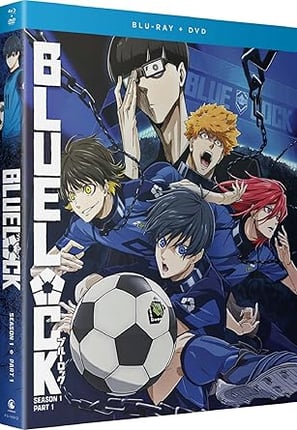Blue Lock and LGBTQ+ Representation: Are These Characters Actually Gay?
Is Blue Lock secretly exploring LGBTQ+ themes? Uncover the truth behind the character dynamics, fan theories, and hidden subtext. Click to find out!
BLUE LOCK
Anime Fever
10/17/20245 min read
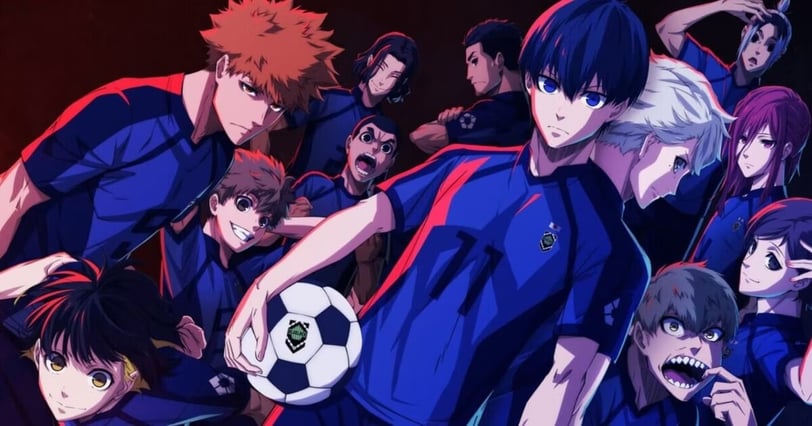

The anime and manga world thrives on vibrant storytelling, complex characters, and diverse themes. Among its many genres, sports anime like Blue Lock has captivated fans with its unique premise and emotionally charged character dynamics. Set against the backdrop of a high-stakes soccer training camp, the series focuses on young male athletes competing to become Japan's ultimate striker.
While Blue Lock is primarily about soccer, the intense rivalries and emotional connections between the characters have led fans to wonder: Do these relationships go beyond friendship? This article dives into the portrayal of relationships in Blue Lock, its themes within the sports anime genre, and how fans interpret potential LGBTQ+ subtext.
Blue Lock: Plot Overview and Themes
At its core, Blue Lock presents a fresh perspective on sports anime, emphasizing not just teamwork but also fierce individualism. The story follows Yoichi Isagi, a promising but unfulfilled soccer player, who is invited to "Blue Lock"—a brutal training program designed to create the perfect striker for Japan’s national team. The camp pits 300 talented high school forwards against one another, with failure leading to elimination.
This competitive atmosphere fosters intense relationships characterized by camaraderie, rivalry, and moments of vulnerability. With a predominantly male cast and little focus on romantic subplots, Blue Lock places its emotional weight on the bonds between its characters. This dynamic has led fans to question whether these connections might carry deeper, romantic undertones.
Key Relationships Fans Love to Interpret
Yoichi Isagi and Meguru Bachira: The Dream Team?
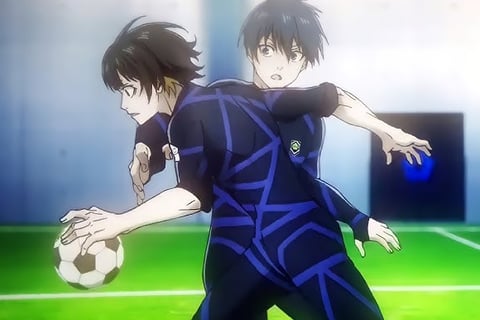

Isagi, the protagonist, forms a close bond with Bachira early in the series. Bachira sees potential in Isagi that others overlook, and their connection is rooted in mutual trust and inspiration. Bachira’s playful yet deeply loyal personality often leads him to prioritize Isagi in critical moments, like passing the ball to him over others.
These moments have sparked fan theories about whether their bond transcends friendship. Bachira’s intense admiration for Isagi, coupled with their deeply personal exchanges, adds a layer of ambiguity that encourages romantic interpretations.
Rin Itoshi and Yoichi Isagi: Rivals or Something More?
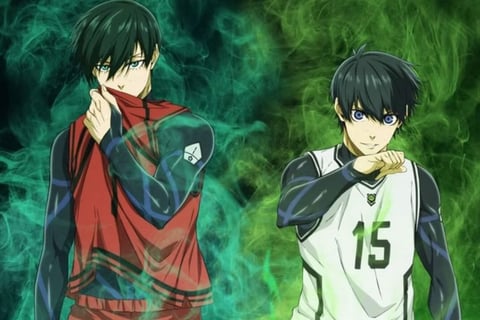

The dynamic between Rin and Isagi is fiery and complex. Rin, a soccer prodigy with a cold demeanor, clashes with Isagi in an intense rivalry. Their relationship is marked by deep respect intertwined with animosity, creating emotionally charged confrontations.
Fans often highlight moments of prolonged eye contact, heated arguments, and Rin’s visceral reactions to Isagi's plays as potential indicators of romantic tension. Whether viewed as competitive obsession or something more, their relationship undeniably carries a level of emotional depth that invites diverse interpretations.
Chigiri Hyoma and Reo Mikage: Subtle But Suggestive
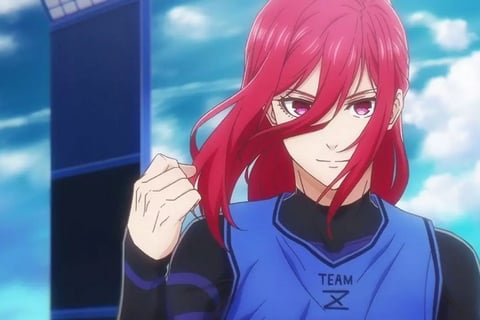

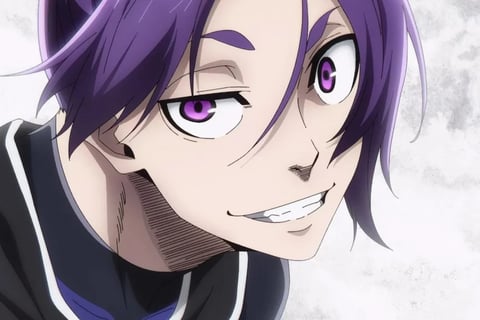

Chigiri and Reo’s relationship is less overtly intense but still noteworthy. Reo’s determination to recruit Chigiri to his team and their seamless collaboration on the field showcase a level of understanding and camaraderie that some fans interpret as suggestive. Though their connection is not as prominently explored, it remains a favorite among fans who enjoy reading between the lines.
LGBTQ+ Representation in Sports Anime
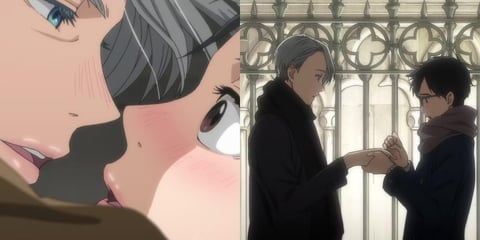

To better understand these interpretations, it’s essential to view Blue Lock within the broader context of sports anime, a genre that often highlights strong emotional bonds between male characters.
Explicit LGBTQ+ Representation:
Some sports anime, like Yuri!!! on ICE, have explicitly explored LGBTQ+ themes, showcasing a romantic relationship between its male leads, Viktor and Yuri. Such representation has been celebrated for its openness and authenticity.
Implied Subtext:
In contrast, anime like Free! and Haikyuu!! focus on friendships and rivalries, leaving room for fans to interpret interactions as romantic. These subtle dynamics contribute to "shipping culture," where fans pair characters based on perceived chemistry rather than explicit narratives.
Blue Lock leans into this ambiguity. Its all-male cast and absence of romantic subplots create an environment ripe for speculation, allowing fans to explore the possibility of queer relationships through the lens of intense emotional connections.
Queer Subtext or Queerbaiting?
The concept of "queer subtext" involves embedding LGBTQ+ themes in media without explicitly acknowledging them. In Blue Lock, scenes like emotionally charged confrontations, acts of sacrifice, or moments of vulnerability between characters can resonate with LGBTQ+ audiences, offering glimpses of shared experiences.
However, this raises the question of whether Blue Lock is engaging in "queerbaiting," a practice where creators hint at queerness to attract LGBTQ+ viewers without committing to genuine representation. While fans appreciate the freedom to interpret these relationships, some critique the lack of explicit representation as a missed opportunity for inclusivity.
The Role of Fandom in Shaping Interpretations
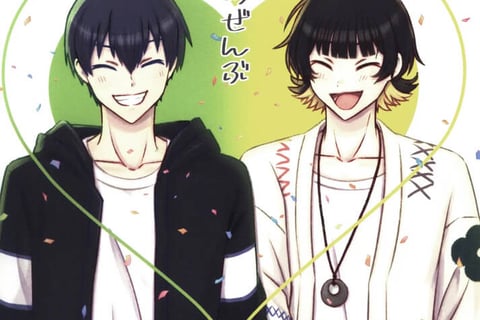

Fandom culture plays a significant role in how Blue Lock is perceived. Online platforms like X, Tumblr, and Archive of Our Own (AO3) are filled with fan art, fan fiction, and discussions exploring potential romantic dynamics between characters.
Popular fan pairings like Isagi/Bachira and Rin/Isagi dominate these spaces, where fans craft narratives that extend beyond the series' original storyline. This practice, known as "headcanon," allows fans to project their own interpretations and experiences onto the characters, creating a personal connection to the story.
Where Does Blue Lock Stand on LGBTQ+ Representation?
To date, Blue Lock has not included any explicitly LGBTQ+ characters or confirmed romantic relationships. The series primarily focuses on the characters’ growth as athletes and their struggles to achieve greatness.
However, the emotional depth of the character interactions leaves room for viewers to interpret these relationships in ways that resonate with them. For LGBTQ+ audiences, the ambiguity offers a space to see themselves reflected in the story, even if indirectly.
Conclusion: Ambiguity and the Power of Interpretation
The question of whether Blue Lock characters are gay remains unresolved, and perhaps intentionally so. The series thrives on ambiguity, allowing fans to interpret its character dynamics in ways that reflect their own perspectives and identities.
Rather than providing definitive answers, Blue Lock offers a narrative canvas where fans can explore themes of friendship, rivalry, and even romance. In doing so, it continues the broader tradition of sports anime, where representation is often found in the spaces left open for interpretation.
If you want the Blue-ray + DVD of Blue Lock Season 1 Part 1 click in the image below!

